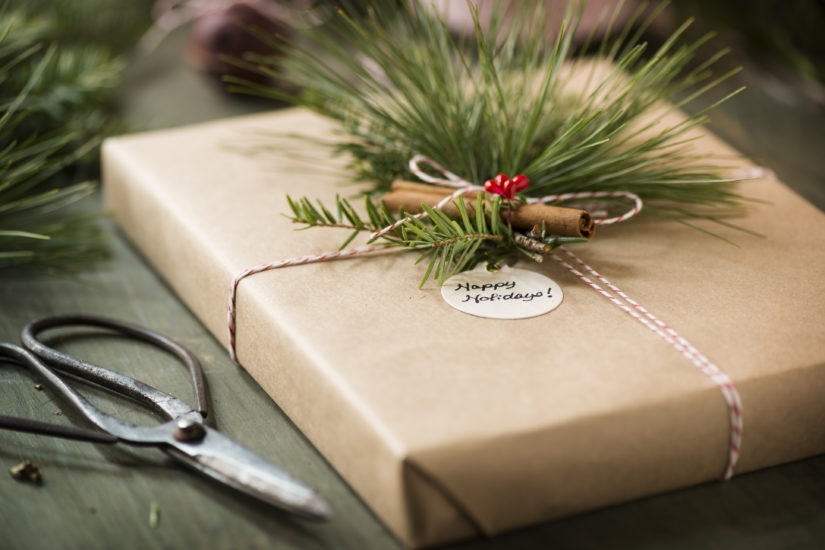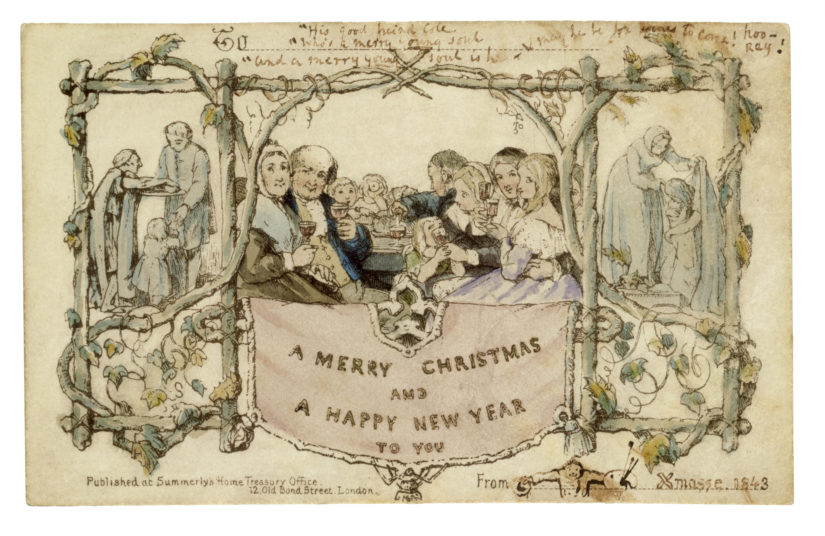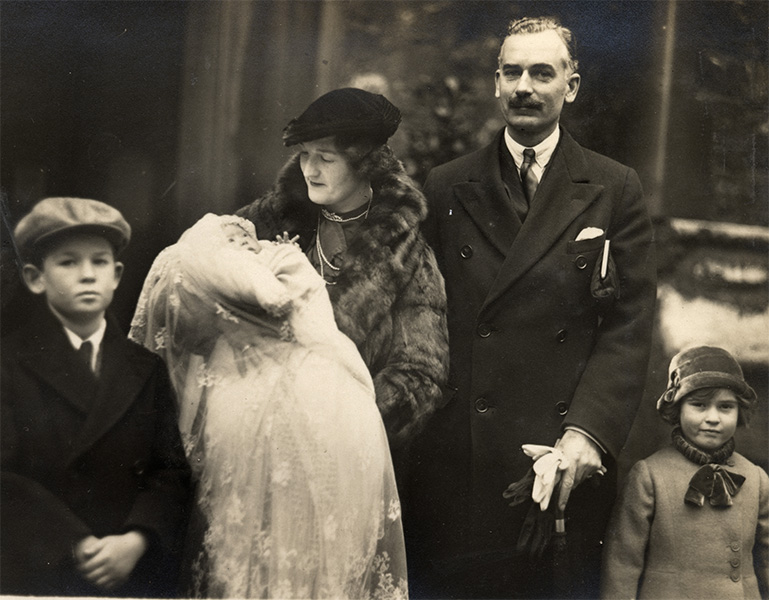
Every week on the BBC’s “Who Do You Think You Are?”, a celebrity will track their family story back through the years, with the help of an impressive production team.
But although they are incredibly lucky to have those resources at their fingertips, almost anyone can now access the historical records used by show’s experts.
In years gone by, genealogy required careful study, cross-country trips to local archives, and hours spent pouring over dusty tomes.
But now, with a wide variety of apps, websites and other resources, your ancestors are literally just a few mouse clicks away.
This is Part 1 of our guide on how you can discover your family story, courtesy of Findmypast.

Getting started
First things first: sit down and make a note of everything you already know. Focus on names, dates and locations. This will form the basis of your initial research.
Quiz your relatives to see what they remember. Every detail can help, no matter how trivial.
Ask older family members first, as they’re more likely to have encountered some of the people you’re researching, or to have heard stories about them.
Search the attic. Check old photographs, letters, documents and other heirlooms for clues to the past.
Search online
Billions of records are now available online, containing a wealth of information about the lives of your forebears.
When hunting for ancestors, it’s always best to start simple, by searching for a name and year of birth. Once you have a better idea of what and who you are looking for, you can narrow things down.
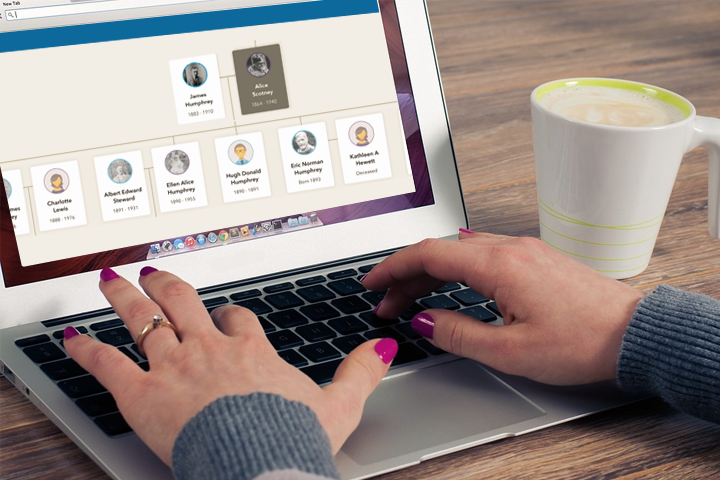
Build a family tree
The best place to store your discoveries is in an online family tree.
Many online tree builders, including this one from Findmypast, are free and easy to use.
They are also jam-packed with useful features, including “hints” which will do a lot of the hard work for you by automatically matching records to the individuals stored in your tree.
Birth, marriages and deaths – the essential building blocks
Civil registration in Britain began in 1837, and the General Register Office (GRO) has recorded the details of all births, marriages and deaths ever since.
Their meticulously kept records are widely available online, and will provide you with all the information you need to identify ancestors and uncover previous generations.
They can reveal:
- Where and when your ancestors were born, married or died
- The names of your ancestor’s parents
- The name of your ancestor’s spouse
- The names of your ancestor’s children
These records will also provide you with the details you need to order copies of original certificates from the GRO website.
Certificates will provide you with even more detail to aid you in your hunt.
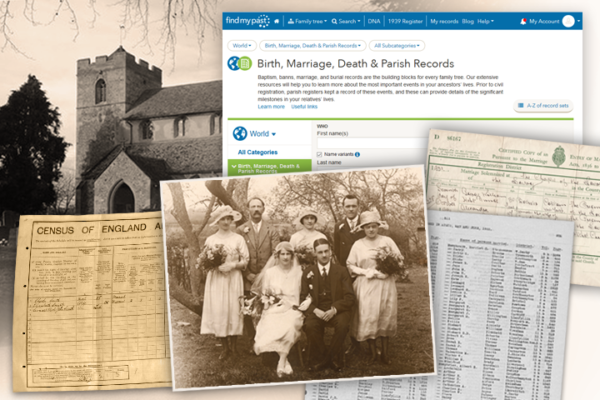
Become a census detective
Now easily accessible on many websites, censuses have been taken in Britain every decade since 1841 (barring 1941, when war prevented it).
Due to data protection laws, the latest census we can search online dates from 1911.
Censuses can provide all manner of information about your ancestors. You will often find information for entire family units in one record, including:
- names
- ages
- addresses
- places of birth
- occupations
- relationship to the head of the household
- “infirmities”
The amount of information in these documents, and the regular nature of the census, makes them one of the best tools at your disposal for jumping back through the generations.
Use the details you find in the 1911 survey to search for your family in 1901. After repeating this process going back decade by decade, you should find yourselves in the 1840s in no time!
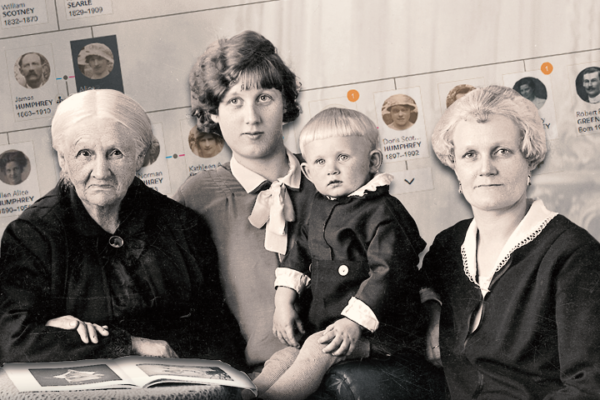
Search Parish Records
For the years between 1538, when Britain split from the Catholic Church, and 1837, when the responsibility for keeping records was taken on by the government, the chief source for information about daily life are parish records.
Parish records provide a fascinating look not just at your family history, but also at the history of our society. They contain details of baptisms, marriages and burials dating all the way back to the reign of Henry VIII.
As more and more county councils digitise their archives, millions of parish records from all corners of the country can now be explored with ease.
Keep an eye out for Part 2 of our guide to discovering your family story. we’ll post it here on September 6!
Click here to take a look at some of the fascinating stuff to come from our Archives in our 150th year.


